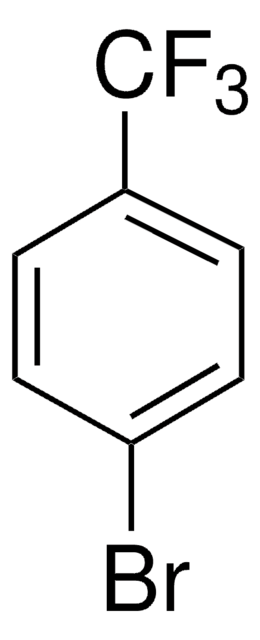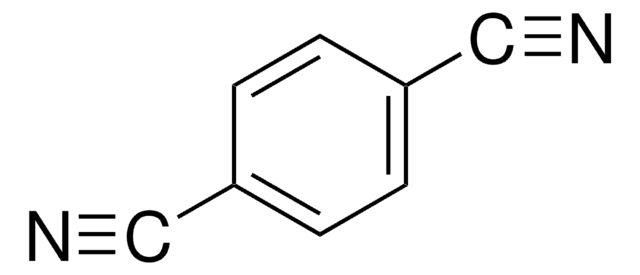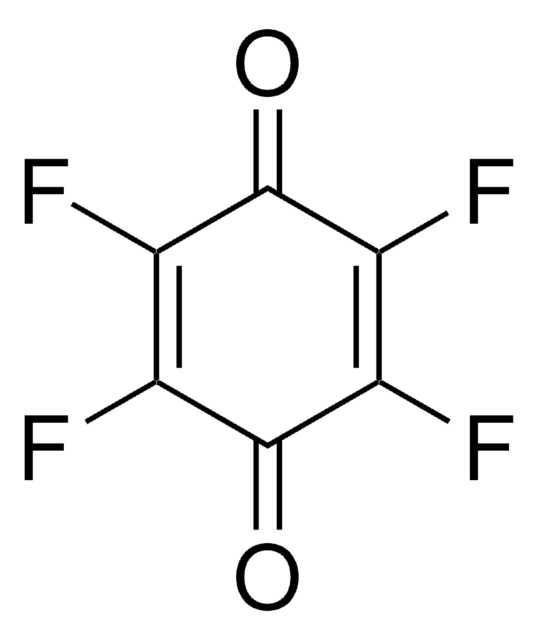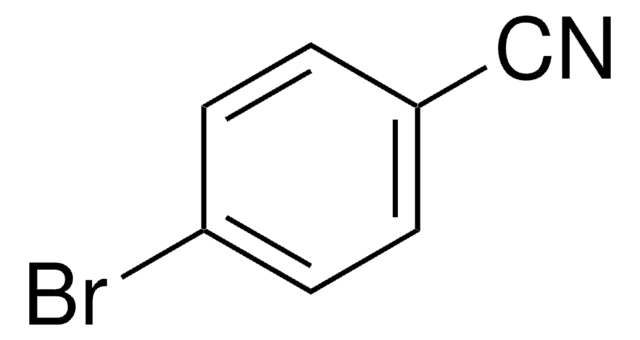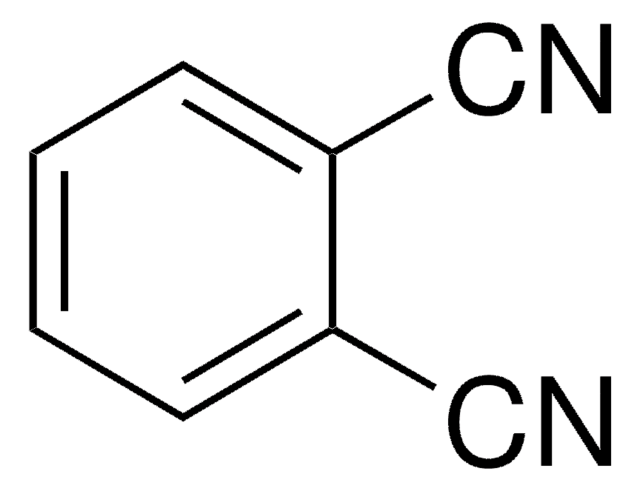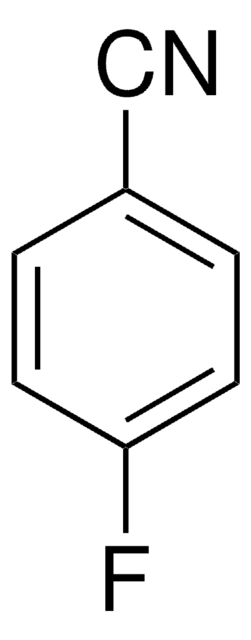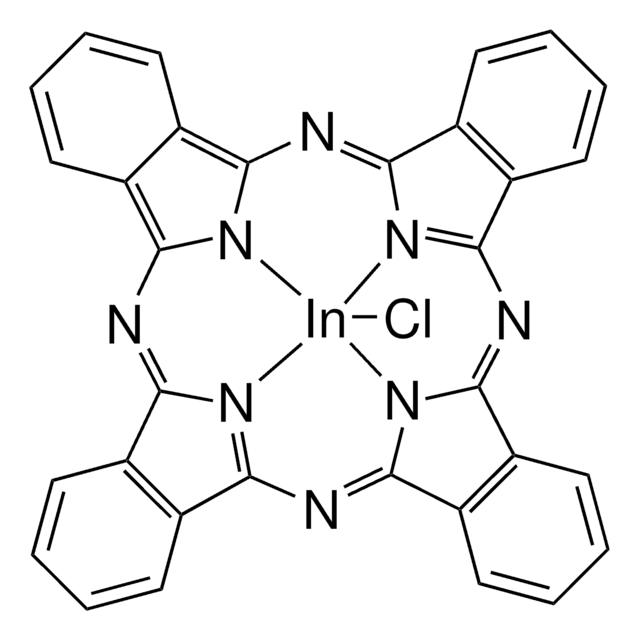Kluczowe dokumenty
157635
7,7,8,8-Tetracyanoquinodimethane
98%
Synonim(y):
(2,5-Cyclohexadiene-1,4-diylidene)-dimalononitrile, TCNQ
About This Item
Polecane produkty
Próba
98%
Formularz
solid
mp
287-289 °C (dec.) (lit.)
Energia orbitalna
LUMO 4.6 eV
właściwości półprzewodników
N-type (mobility=10−5 cm2/V·s)
ciąg SMILES
N#C\C(C#N)=C1/C=C\C(C=C1)=C(/C#N)C#N
InChI
1S/C12H4N4/c13-5-11(6-14)9-1-2-10(4-3-9)12(7-15)8-16/h1-4H
Klucz InChI
PCCVSPMFGIFTHU-UHFFFAOYSA-N
informacje o genach
human ... CAPN1(823)
rat ... Capn1(29153) , Nos1(24598)
Szukasz podobnych produktów? Odwiedź Przewodnik dotyczący porównywania produktów
Powiązane kategorie
Opis ogólny
Zastosowanie
Hasło ostrzegawcze
Danger
Zwroty wskazujące rodzaj zagrożenia
Zwroty wskazujące środki ostrożności
Klasyfikacja zagrożeń
Acute Tox. 3 Dermal - Acute Tox. 3 Inhalation - Acute Tox. 3 Oral
Kod klasy składowania
6.1A - Combustible acute toxic Cat. 1 and 2 / very toxic hazardous materials
Klasa zagrożenia wodnego (WGK)
WGK 3
Temperatura zapłonu (°F)
Not applicable
Temperatura zapłonu (°C)
Not applicable
Środki ochrony indywidualnej
dust mask type N95 (US), Eyeshields, Gloves
Wybierz jedną z najnowszych wersji:
Masz już ten produkt?
Dokumenty związane z niedawno zakupionymi produktami zostały zamieszczone w Bibliotece dokumentów.
Klienci oglądali również te produkty
Produkty
Fabrication procedure of organic field effect transistor device using a soluble pentacene precursor.
Nasz zespół naukowców ma doświadczenie we wszystkich obszarach badań, w tym w naukach przyrodniczych, materiałoznawstwie, syntezie chemicznej, chromatografii, analityce i wielu innych dziedzinach.
Skontaktuj się z zespołem ds. pomocy technicznej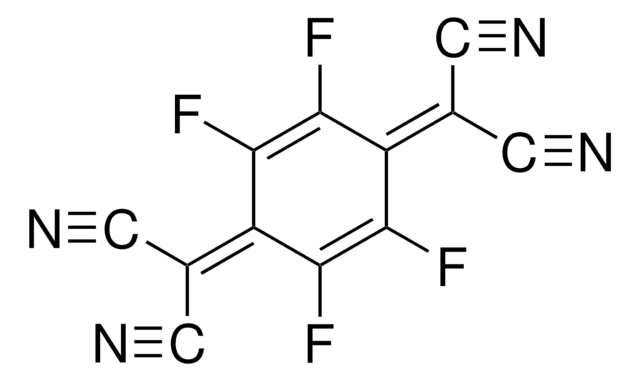
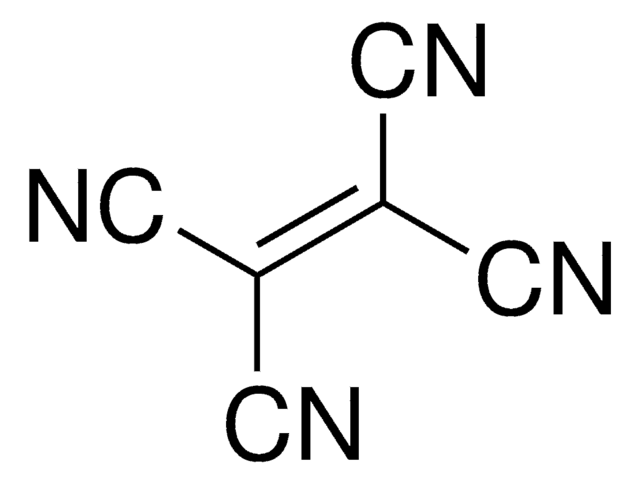
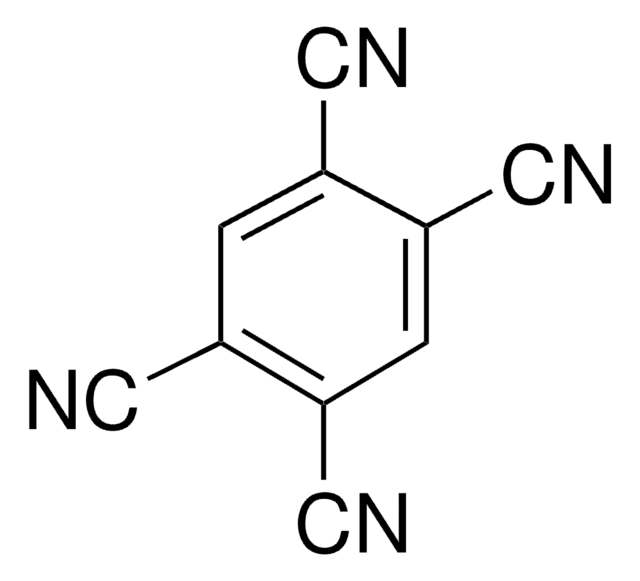
![Dipyrazino[2,3-f:2′,3′-h]quinoxaline-2,3,6,7,10,11-hexacarbonitrile 95% (HPLC)](/deepweb/assets/sigmaaldrich/product/structures/151/558/c0e2c95f-5228-4864-a7a5-4b9765a19840/640/c0e2c95f-5228-4864-a7a5-4b9765a19840.png)
